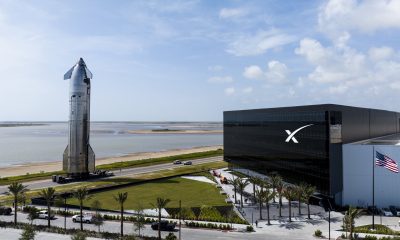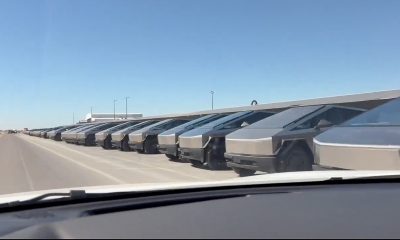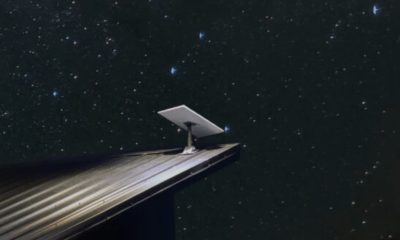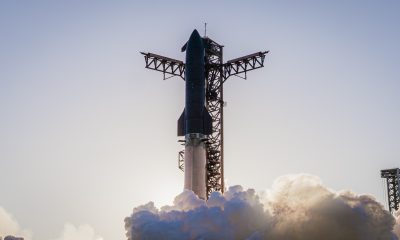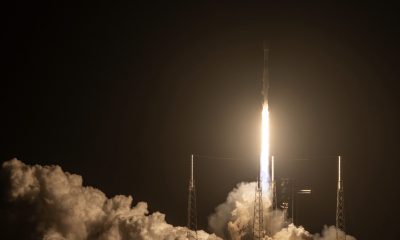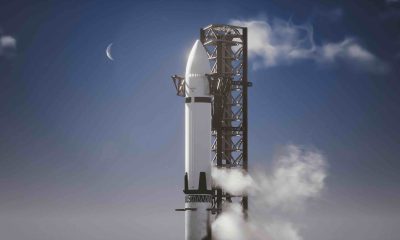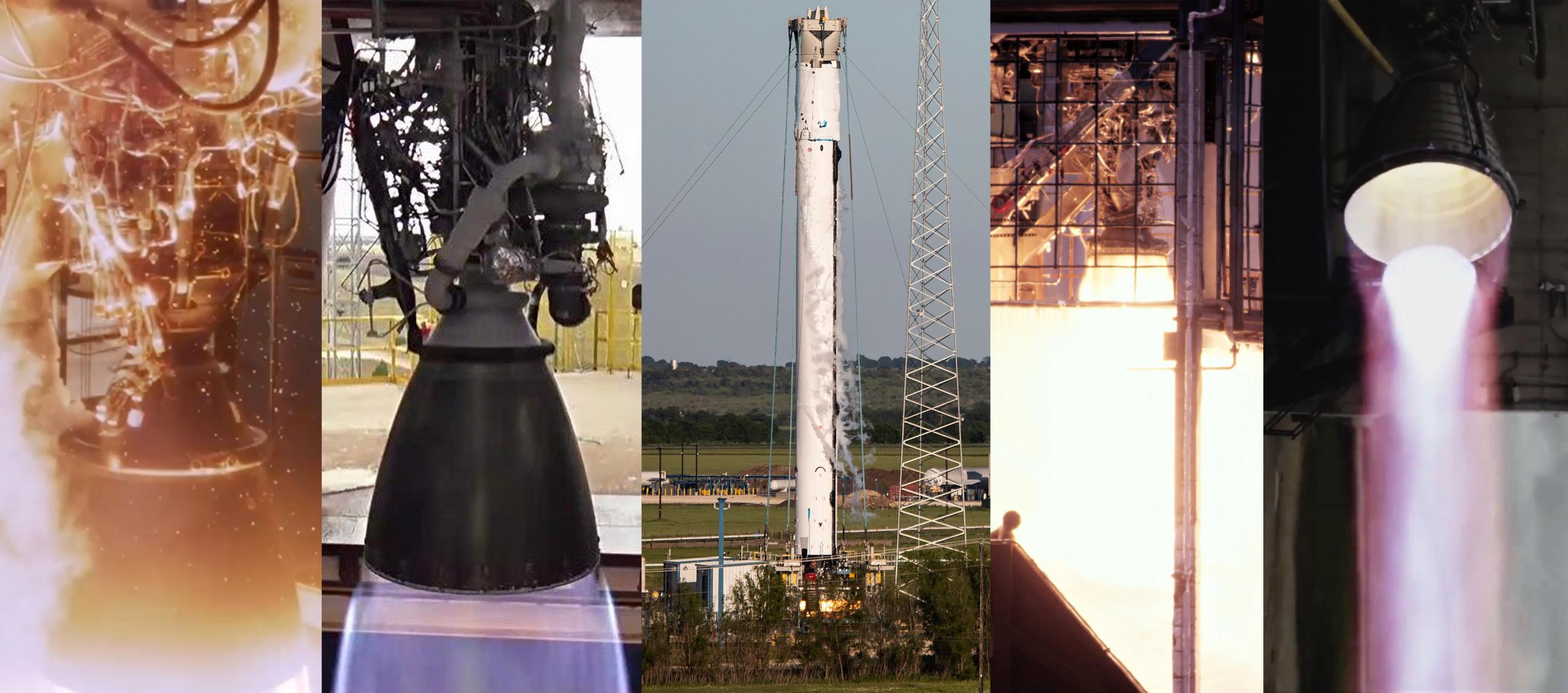

News
SpaceX Texas test HQ fires up a dozen Falcon, Starship rocket engines in six hours
Though it often falls under the radar relative to SpaceX’s high-profile Boca Chica Starship hub, another even more important Texas outpost appears to be busier than ever testing the rocket engines and boosters instrumental to all SpaceX operations.
Famous for occasionally supporting half a dozen or more rocket tests on busy days, SpaceX’s McGregor, Texas facilities showed off exactly that kind of rapid-fire activity on Friday, March 19th, flexing the sheer variety and volume of rocket hardware liable to pass through its gates.
Located on the grounds of a former US military explosives factory, SpaceX’s McGregor, Texas rocket development and test facilities have been testing Falcon, Dragon, and Starship parts and supporting each program’s development for a decade and a half. After being fabricated and assembled in Hawthorne, California, virtually every single active propulsive component SpaceX has ever flown has spent some amount of time in McGregor.
For boosters, every cold gas maneuvering thruster is qualified in Texas before being sent back to Hawthorne for final installation. Each stage’s nine Merlin 1D engines are individually tested in McGregor, shipped back to Hawthorne, installed on a booster, shipped back to McGregor, and static fired as an integrated first stage before SpaceX deems a Falcon 9 or Falcon Heavy core ready for flight. The exact same process (separate engines and thruster qualification followed by integrated vehicle testing) is performed with Falcon upper stages and their Merlin Vacuum engines, as well as all Dragon spacecraft and their Draco (and SuperDraco) thrusters. The same is true for the two Raptor engine variants and cold-gas thrusters that power Starship.
On March 19th, nearly all of those different engines and vehicles – and the separate stands used to test each of them – came together for an exceptionally busy day at McGregor. According to local resident Reagan (@bluemoondance74), who lives within earshot of SpaceX’s extraordinarily busy rocket testing HQ, at least five unique tests were performed in just six hours – all but one of which was squeezed into the last ~125 minutes.
Around 2:40 pm, an unknown test – possibly a Merlin Vacuum (MVac) or Merlin 1D (M1D) engine – kicked off the salvo. Four hours later, SpaceX completed arguably the most significant test of the day, firing up the first Falcon Heavy center core to head to McGregor in almost 24 months. Assuming that static fire was a success, the booster will be inspected, have its tanks cleaned, and be shipped to Florida to complete the first stage of SpaceX’s fourth Falcon Heavy rocket for a launch as early as July.
An hour and a half after the Falcon Heavy center core’s static fire, SpaceX fired up a Raptor engine (either a sea level or vacuum variant), followed by another likely M1D or MVac test just minutes later. Finally, at 8:52 pm, SpaceX ignited a second Raptor engine at an entirely separate vertical test stand (known as the tripod stand) recently modified to support testing Starship engines in a more flight-like configuration. Altogether, assuming no repeated tests, SpaceX effectively tested a booster and 13 (9+4) rocket engines in a little over six hours.
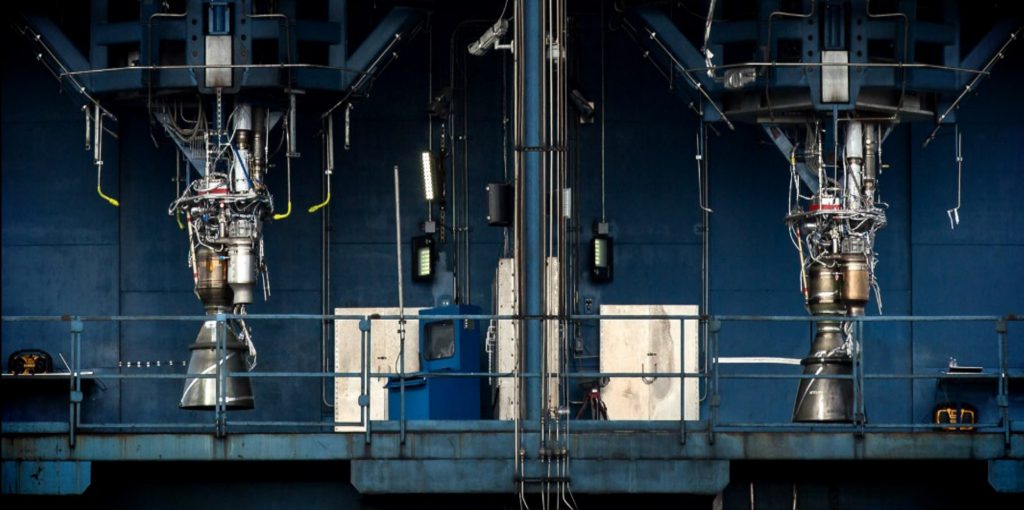
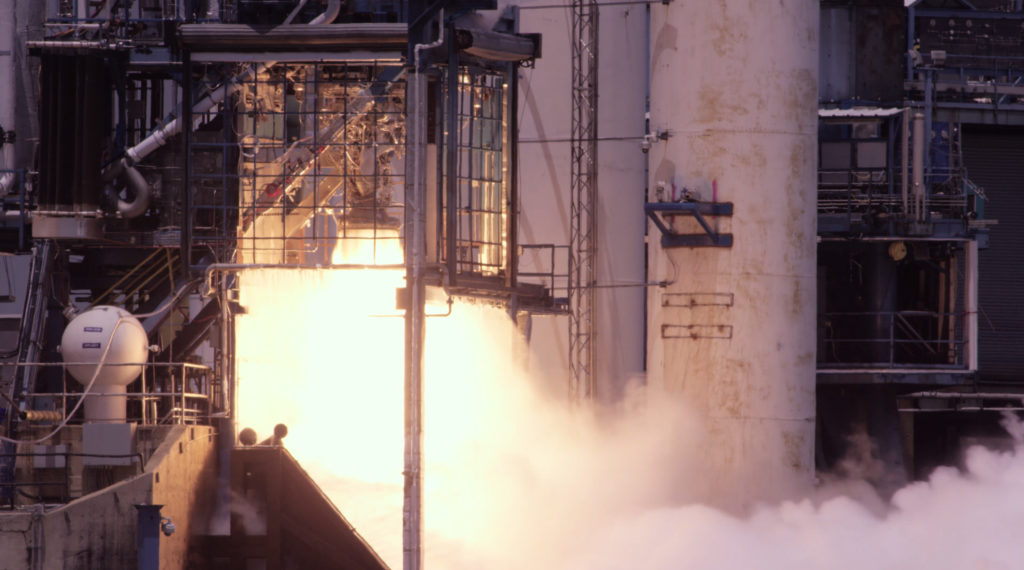
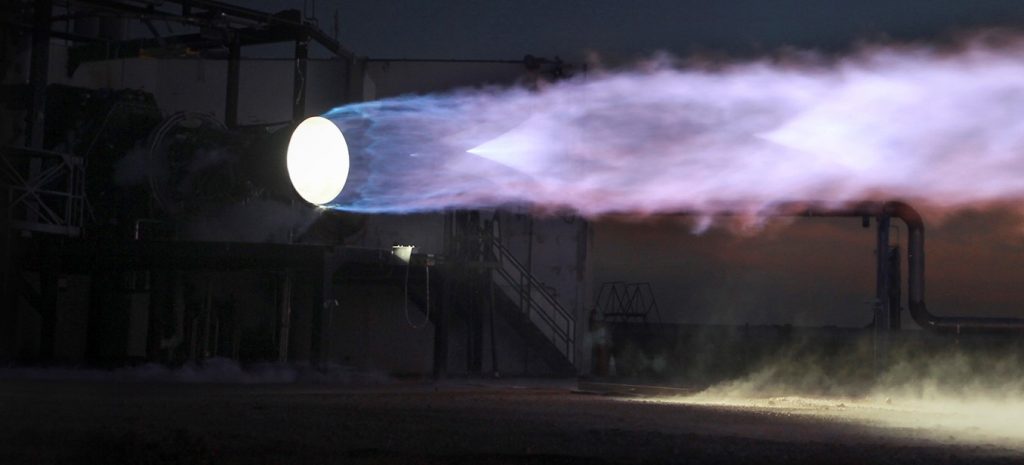
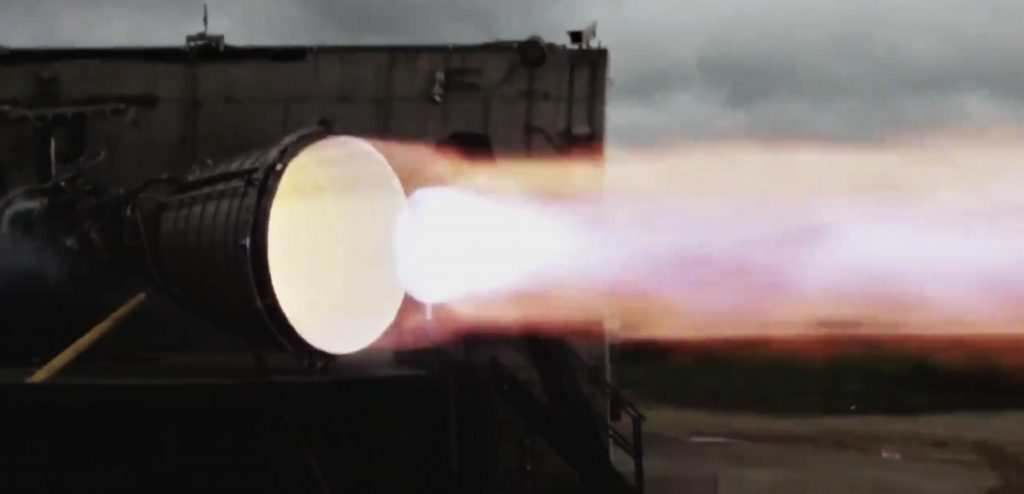
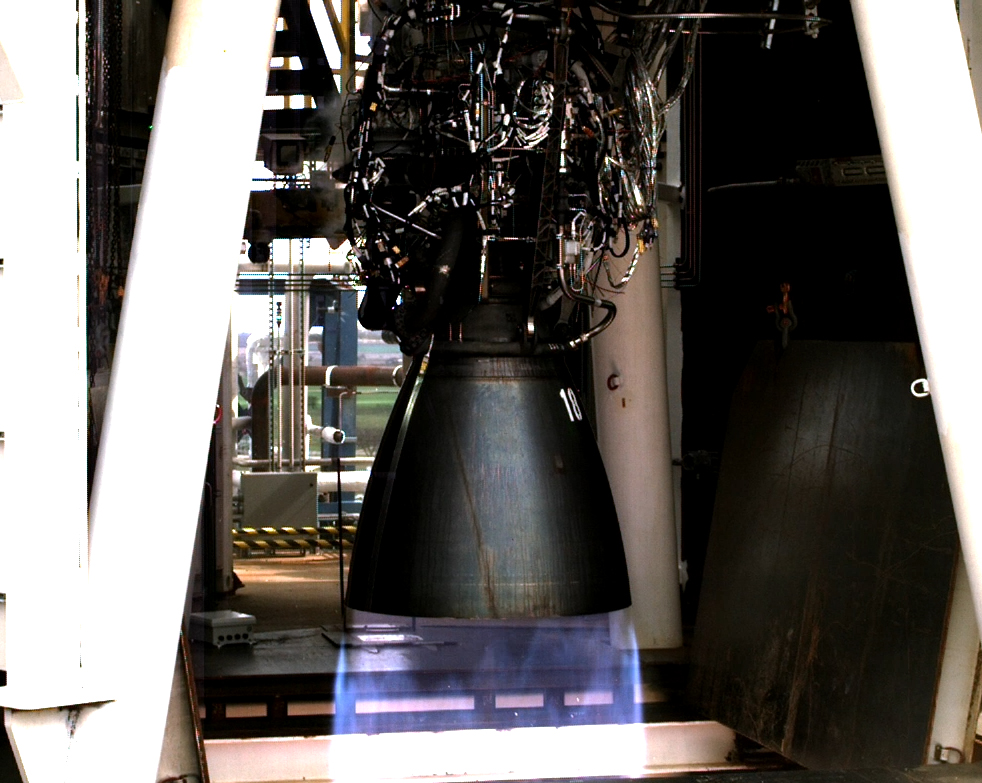
More likely than not, one or both of those Raptors will soon find themselves on a Starship or Super Heavy prototype in Boca Chica. The M1D and/or MVac engines will assuredly find a place on a future Falcon booster or upper stage. The Falcon Heavy center core (B1065 or B1066) is scheduled to launch as early as July 2021 and will be the first of its kind to fly in an intentionally expendable configuration. Another Falcon Heavy center core – possibly B1067 – will likely also find itself in McGregor within the next few months for the rocket’s fifth launch, scheduled no earlier than (NET) October 2021.
All told, SpaceX’s McGregor rocket testing HQ is about as busy as – if not busier than – it’s ever been as the company works towards an unprecedentedly ambitious 48-launch 2021 manifest, builds and flies at least four Dragon spacecraft, and pursues an even more ambitious effort to begin orbital Starship launches this summer. Quieted away in rural Texas, McGregor may largely go unnoticed but its infrastructure remains as integral as ever for virtually every single SpaceX project – past, present, and future.

News
Tesla rolls out most aggressive Model Y lease deal in the US yet
With the promotion in place, customers would be able to take home a Model Y at a very low cost.
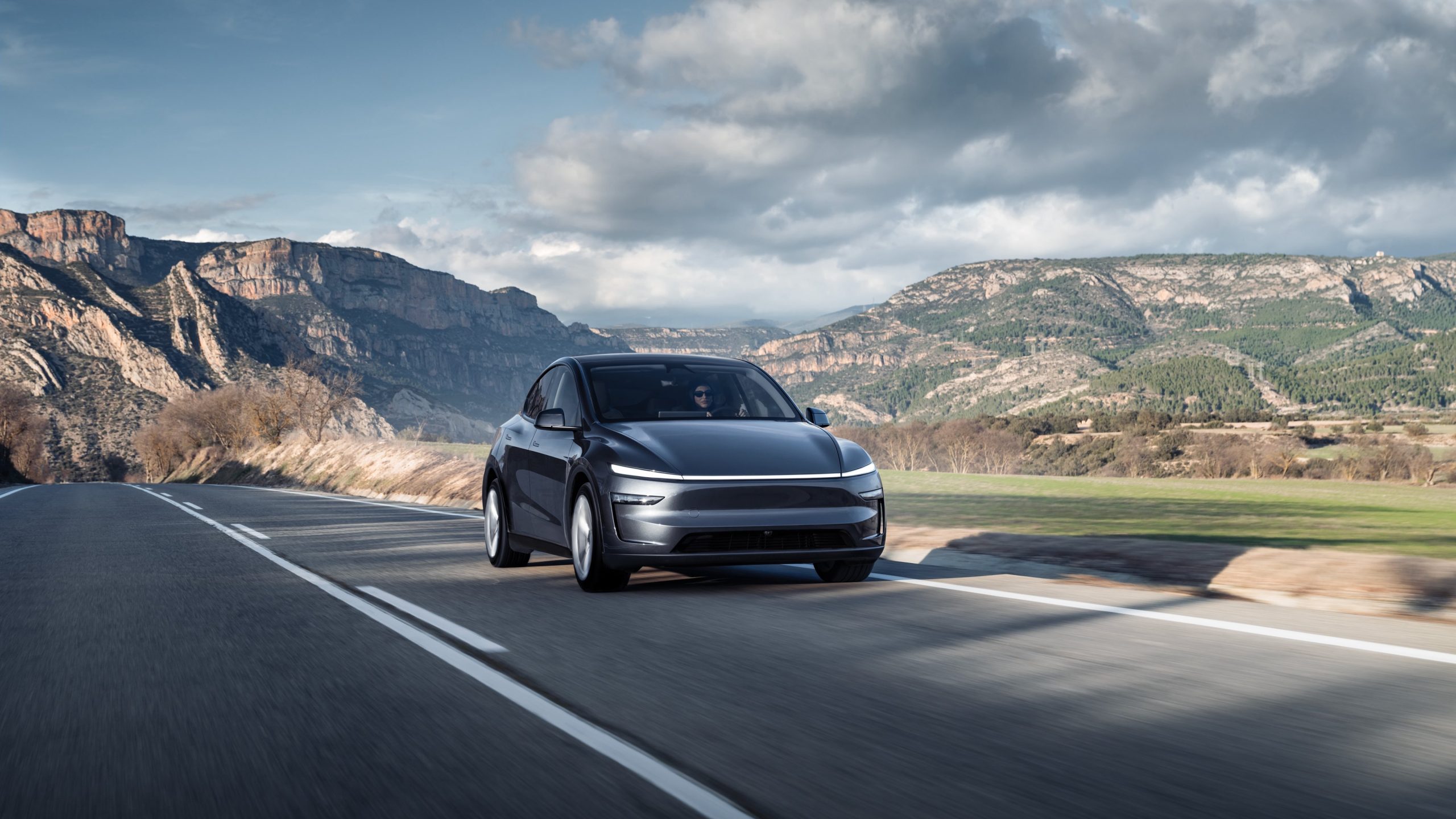
Tesla has rolled out what could very well be its most aggressive promotion for Model Y leases in the United States yet. With the promotion in place, customers would be able to take home a Model Y at a very low cost.
Zero downpayment leases
The new Model Y lease promotion was initially reported on X, with industry watcher Sawyer Merritt stating that while the vehicles’ monthly payments are still similar to before, the cars can now be ordered with a $0 downpayment.
Tesla community members noted that this promotion would cut the full payment cost of Model Y leases by several thousand dollars, though prices were still a bit better when the $7,500 federal tax credit was still in effect. Despite this, a $0 downpayment would likely be appreciated by customers, as it lowers the entry point to the Tesla ecosystem by a notable margin.
Premium freebies included
Apart from a $0 downpayment, customers of Model Y leases are also provided one free upgrade for their vehicles. These upgrades could be premium paint, such as Pearl White Multi-Coat, Deep Blue Metallic, Diamond Black, Quicksilver or Ultra Red, or 20″ Helix 2.0 Wheels. Customers could also opt for a White Interior or a Tow Hitch free of charge.
A look at Tesla’s Model Y order page shows that the promotion is available for all the Model Y Premium Rear-Wheel Drive and the Model Y Premium All-Wheel Drive. The Model Y Standard and the Model Y Performance are not eligible for the $0 downpayment or free premium upgrade promotion as of writing.
@teslarati 🚨 Tesla Full Self-Driving v14.1.7 is here and here’s some things it did extremely well! #tesla #teslafsd #fullselfdriving ♬ You Have It – Marscott
News
Tesla is looking to phase out China-made parts at US factories: report
Tesla has reportedly swapped out several China-made components already, aiming to complete the transition within the next two years.

Tesla has reportedly started directing its suppliers to eliminate China-made components from vehicles built in the United States. This would make Tesla’s US-produced vehicles even more American-made.
The update was initially reported by The Wall Street Journal.
Accelerating North American sourcing
As per the WSJ report, the shift reportedly came amidst escalating tariff uncertainties between Washington and Beijing. Citing people reportedly familiar with the matter, the publication claimed that Tesla has already swapped out several China-made components, aiming to complete the transition within the next two years. The publication also claimed that Tesla has been reducing its reliance on China-based suppliers since the pandemic disrupted supply chains.
The company has quietly increased North American sourcing over the past two years as tariff concerns have intensified. If accurate, Tesla would likely end up with vehicles that are even more locally sourced than they are today. It would remain to be seen, however, if a change in suppliers for its US-made vehicles would result in price adjustments for cars like the Model 3 and Model Y.
Industry-wide reassessments
Tesla is not alone in reevaluating its dependence on China. Auto executives across the automotive industry have been in rapid-response mode amid shifting trade policies, chip supply anxiety, and concerns over rare-earth materials. Fluctuating tariffs between the United States and China during President Donald Trump’s current term have made pricing strategies quite unpredictable as well, as noted in a Reuters report.
General Motors this week issued a similar directive to thousands of suppliers, instructing them to remove China-origin components from their supply chains. The same is true for Stellantis, which also announced earlier this year that it was implementing several strategies to avoid tariffs that were placed by the Trump administration.
@teslarati 🚨 Tesla Full Self-Driving v14.1.7 is here and here’s some things it did extremely well! #tesla #teslafsd #fullselfdriving ♬ You Have It – Marscott
News
Tesla owners propose interesting theory about Apple CarPlay and EV tax credit
“100%. It’s needed for sales because for many prospective buyers, CarPlay is a nonnegotiable must-have. If they knew how good the Tesla UI is, they wouldn’t think they need CarPlay,” one owner said.
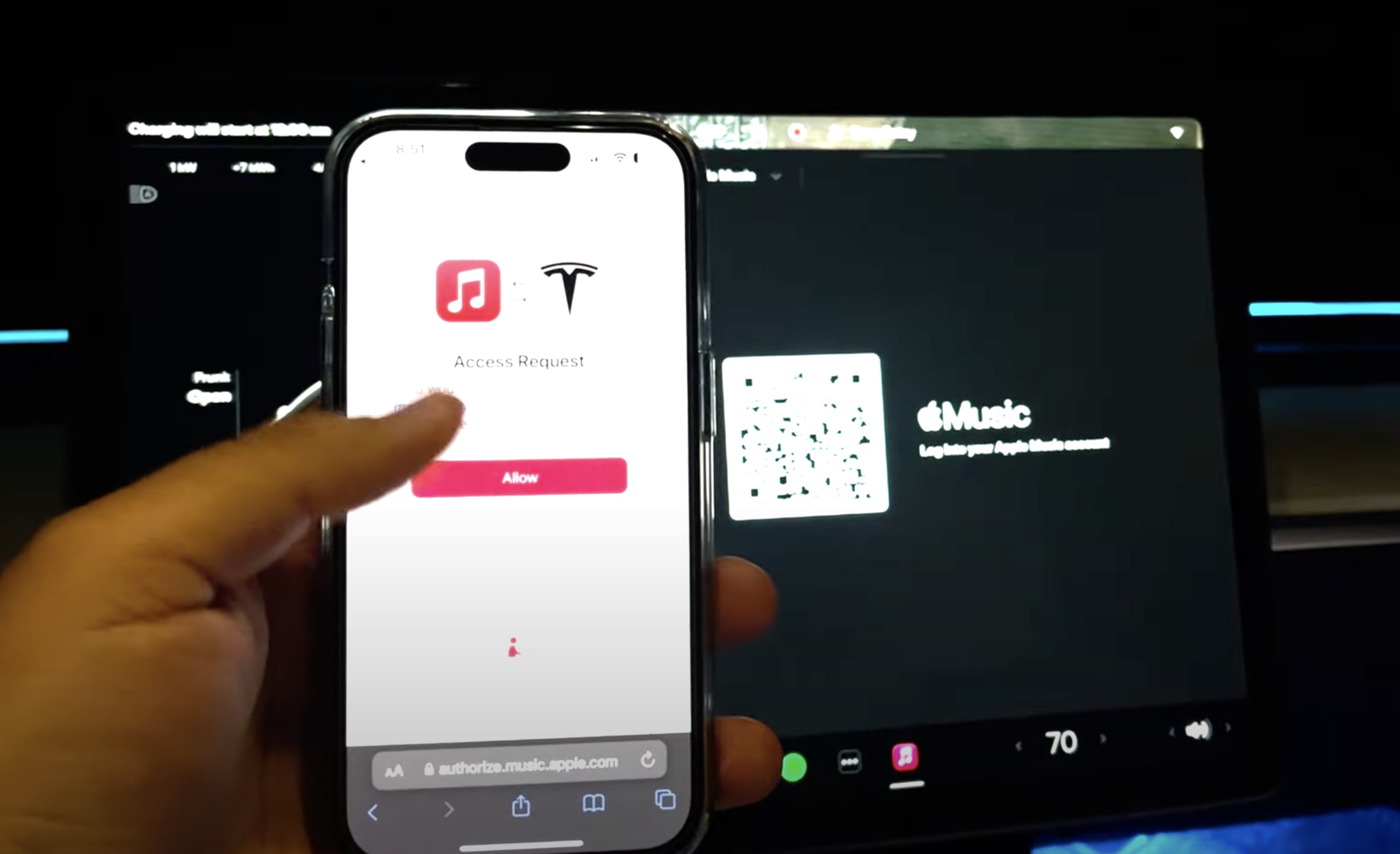
Tesla is reportedly bracing for the integration of Apple’s well-known iOS automotive platform, CarPlay, into its vehicles after the company had avoided it for years.
However, now that it’s here, owners are more than clear that they do not want it, and they have their theories about why it’s on its way. Some believe it might have to do with the EV tax credit, or rather, the loss of it.
Owners are more interested in why Tesla is doing this now, especially considering that so many have been outspoken about the fact that they would not use it in favor of the company’s user interface (UI), which is extremely well done.
After Bloomberg reported that Tesla was working on Apple CarPlay integration, the reactions immediately started pouring in. From my perspective, having used both Apple CarPlay in two previous vehicles and going to Tesla’s in-house UI in my Model Y, both platforms definitely have their advantages.
However, Tesla’s UI just works with its vehicles, as it is intuitive and well-engineered for its cars specifically. Apple CarPlay was always good, but it was buggy at times, which could be attributed to the vehicle and not the software, and not as user-friendly, but that is subjective.
Nevertheless, upon the release of Bloomberg’s report, people immediately challenged the need for it:
Everyone thinks they need it. I would think that too if I didn’t know how good Tesla’s interface was. CarPlay is a crappy layer on top of crappy info-navs, and people think it’s an imperative because it provides a level of consistency from car to car. They have no clue how much…
— Rich Stafford (@r26174_rich) November 14, 2025
How can it not be when the best engineers choose Tesla over Apple and Tesla’s core focus is auto vs Apple being mobile. It’s what Tesla does every day. It’s a side project for Apple. Still Apple is much better than any other auto OEM who attract lesser talent and make digital…
— Emu (@confessedemu) November 14, 2025
Some fans proposed an interesting point: What if Tesla is using CarPlay as a counter to losing the $7,500 EV tax credit? Perhaps it is an interesting way to attract customers who have not owned a Tesla before but are more interested in having a vehicle equipped with CarPlay?
“100%. It’s needed for sales because for many prospective buyers, CarPlay is a nonnegotiable must-have. If they knew how good the Tesla UI is, they wouldn’t think they need CarPlay,” one owner said.
Tesla has made a handful of moves to attract people to its cars after losing the tax credit. This could be a small but potentially mighty strategy that will pull some carbuyers to Tesla, especially now that the Apple CarPlay box is checked.
@teslarati :rotating_light: This is why you need to use off-peak rates at Tesla Superchargers! #tesla #evcharging #fyp ♬ Blue Moon – Muspace Lofi
-

 News1 week ago
News1 week agoTesla shares rare peek at Semi factory’s interior
-

 Elon Musk1 week ago
Elon Musk1 week agoTesla says texting and driving capability is coming ‘in a month or two’
-
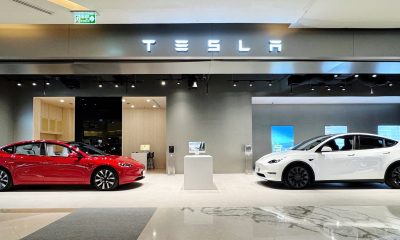
 News1 week ago
News1 week agoTesla makes online ordering even easier
-
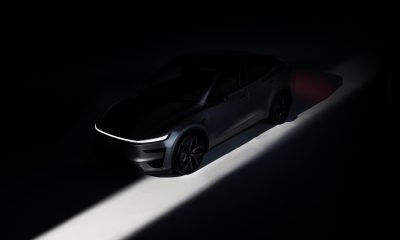
 News1 week ago
News1 week agoTesla Model Y Performance set for new market entrance in Q1
-
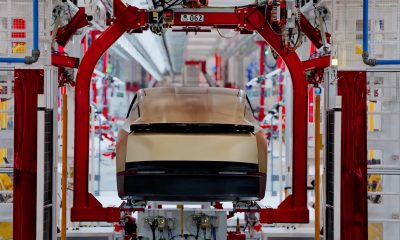
 News1 week ago
News1 week agoTesla Cybercab production starts Q2 2026, Elon Musk confirms
-
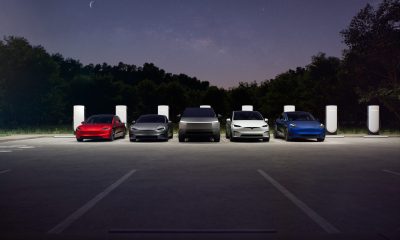
 News6 days ago
News6 days agoTesla is launching a crazy new Rental program with cheap daily rates
-
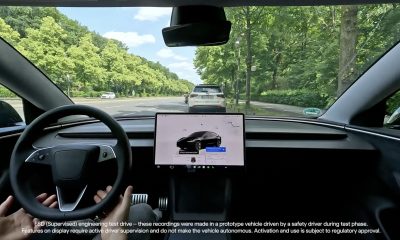
 News1 week ago
News1 week agoTesla China expecting full FSD approval in Q1 2026: Elon Musk
-
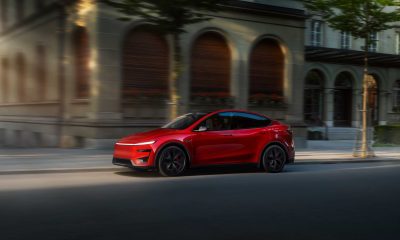
 News1 week ago
News1 week agoTesla Model Y Performance is rapidly moving toward customer deliveries
